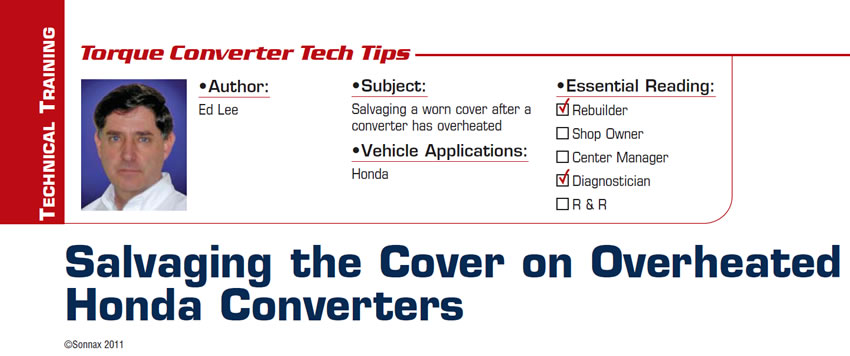Honda Odyssey BYKA Clutch Piston Seal Failure
Complaint: A 2012 Honda Odyssey equipped with the BYKA six-speed transmission has complaints of erratic shifts. The transmission had an intermittent and inconsistent 2-3 shift. Sometimes it would have a slight 2-3 flare and bump, and sometimes it would have a more serious flare and a large bump. On other occasions, it shifted into third,
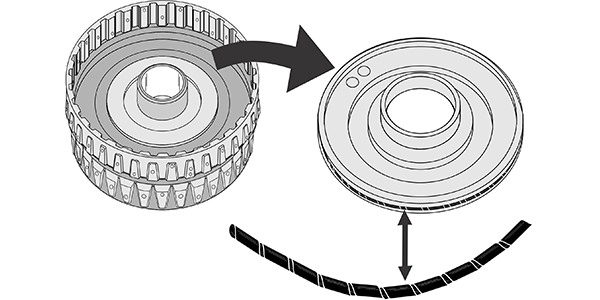
The Manifold Pipeway
The Honda six-speed transmission has been on the bench of many specialty shops for one reason or another (figure 1). But, for those of you who have yet to lay your hands on one, mounted on the upper side of the unit is one of the largest, if not the largest solenoid and pressure switch

What You Need to Know About Honda 6-Speeds
Honda transmissions have evolved over decades from a relatively simple 2-speed to a much more complex 6-speed. Although the component count increased, basic architecture remained somewhat the same with one exception, electronics. The 6-speed today contains a variety of electrical components and not all are available separately.
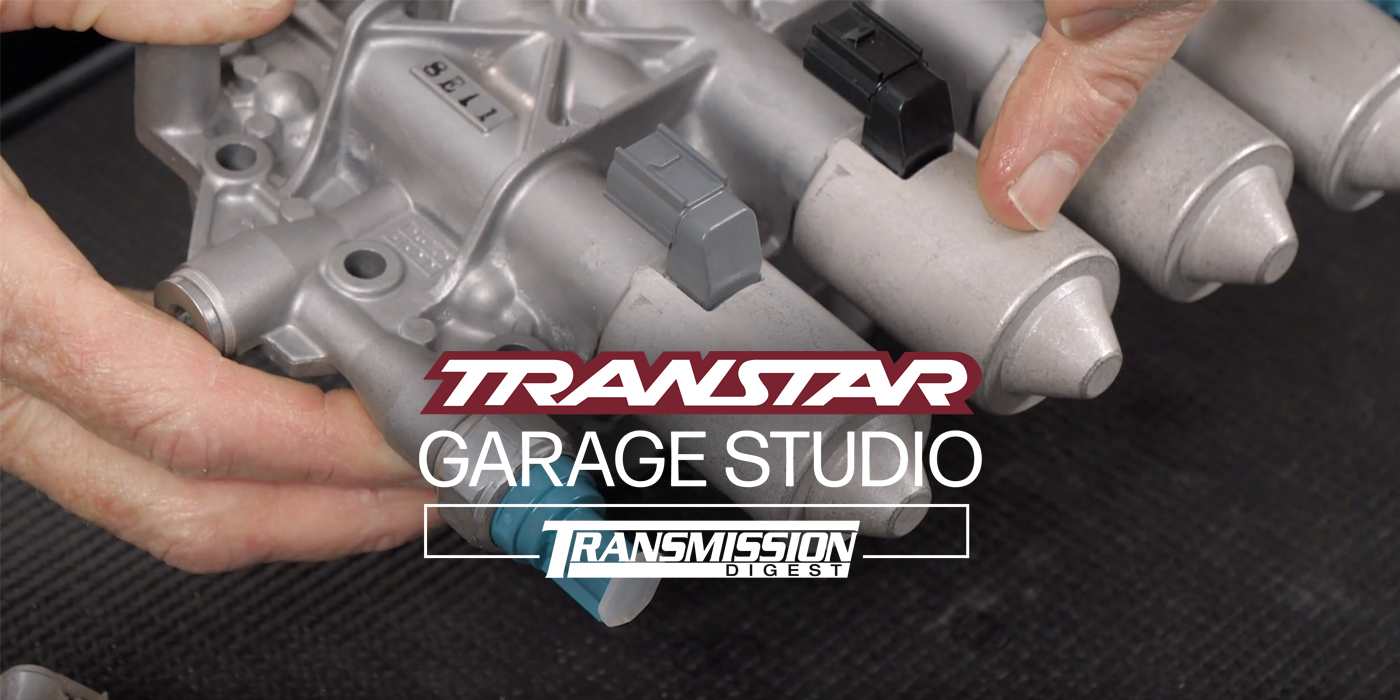
Class Action Lawsuit Filed Against Honda for Odyssey Shifting Issues with ZF 9HP
According to CarComplaints.com, transmission problems with certain Honda Odyssey minivans have led to a class-action lawsuit. The 9-speed ZF 9HP automatic transmissions used in the 2018-2019 Odyssey allegedly suffer from delayed shifting, loud noises while shifting, rough shifting, rough acceleration/deceleration, and sudden power loss. The plaintiffs say the ZF 9-speed was used by Honda to
New Honda Modules
Alto has released friction and steel clutch modules for select Honda transmissions.
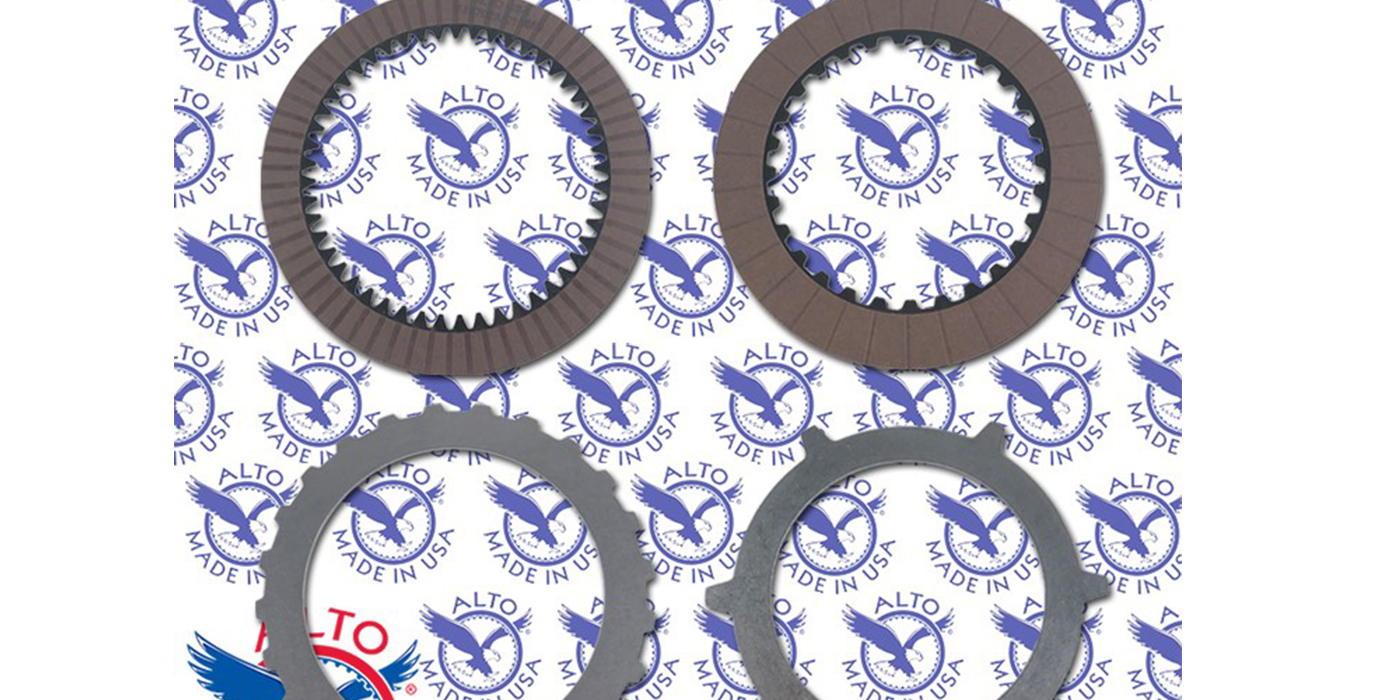
TCC Engine Surge
A 2008 Honda Accord using the B97A transmission behind a 3.5L engine was brought to Newmarket Transmissions from a general repair shop to be rebuilt. They had changed the radiator and when topping off fluids, they noticed the “strawberry milkshake” condition of the transmission fluid. The radiator was also contaminated with the milkshake condition as seen with the deteriorated cap in Figure 1.
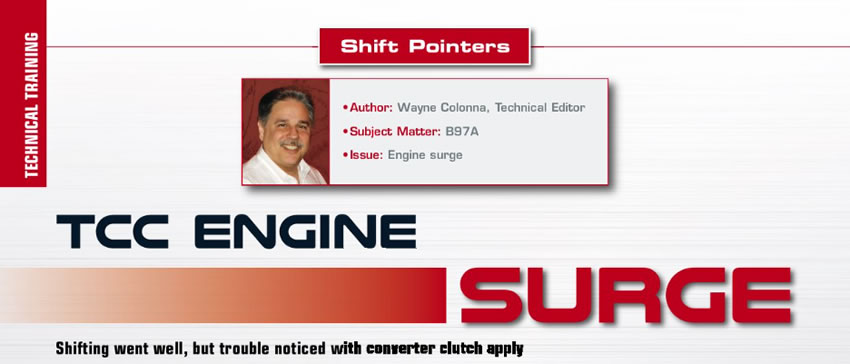
Serviceability Report: Honda Fit
This month, we will examine the 2015 Honda Fit and see what happened when it was redesigned recently. The Fit went on sale in the U.S. on April 20, 2006 as a 2007 model-year car. The first-generation Fit was replaced after only two model years by a new 2009 model and again in 2014 as a 2015 model. We will compare a 2009 to the new 2015.
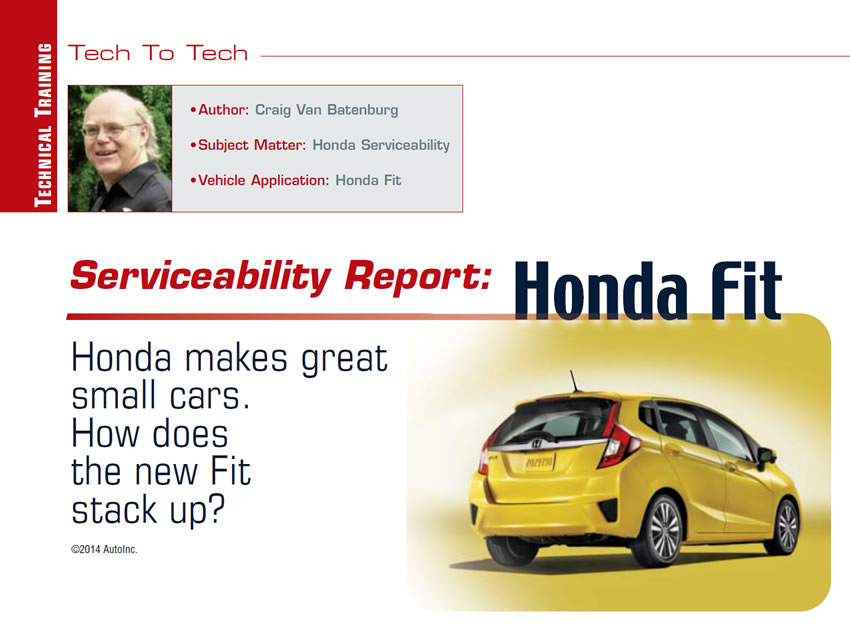
2008 Honda Civic Clutch Problem
On the initial road test and under normal driving conditions, the car seemed to be working fine. However, when the car was driven a little more aggressively, the customer’s concern became apparent. If you released the clutch pedal quickly, the pressure plate seemed to react slowly. Upon further inspection, we noted that when the vehicle was stationary with the engine off and the clutch pedal was partially depressed, it would take some time for the pedal to rise back up to the pedal stop.
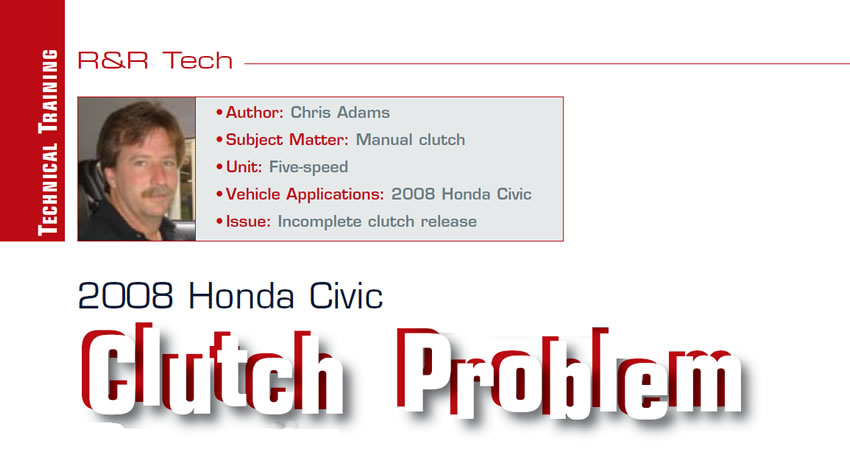
It’s Not in the Manual
A while back one of our members called the tech line about a 2002 Toyota Sequoia that required replacement of the valve body. After the valve body was installed the vehicle had no reverse, pulled forward in neutral but drove perfectly when the selector lever was in the overdrive position.
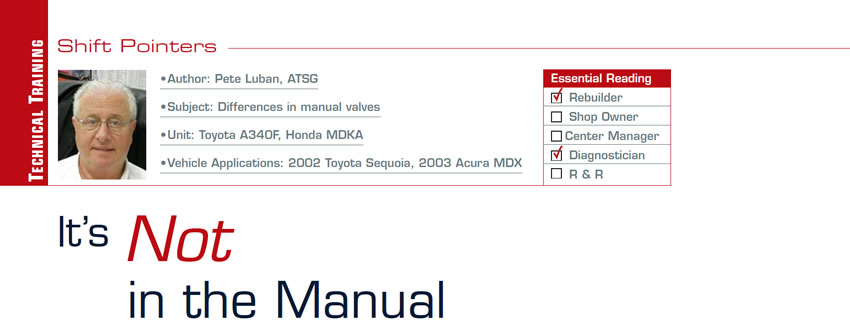
Trusty Accord Gets Better with Time
Honda revamps 2012 model; it’s better than ever
This time, let’s focus on the Honda Accord and compare the current 2012 LX with the 1997 model.
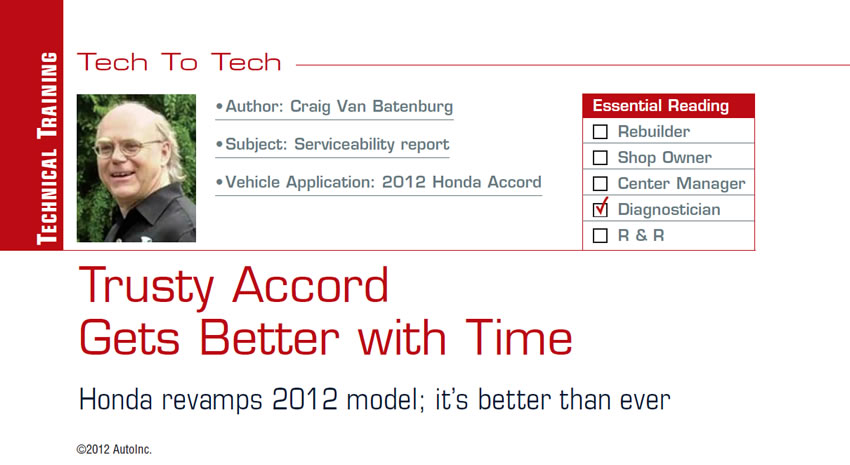
Upgrading the Honda Impeller-to-Stator Bearing
Torque-converter rebuilders have been reporting Honda bearing failures in increasing numbers. The bearing failures have been from different locations within the converters and have been reported in most of the Honda and Acura models. The most common of the failures has been the bearing between the impeller and stator in the larger-diameter converters. In all converters, the bearing in this location carries most of the thrust load when the vehicle is accelerating, and it is typically the first bearing to fail. Because the larger-diameter converters are used in the larger, higher-torque V-6 applications, the thrust loads on this bearing are even greater.
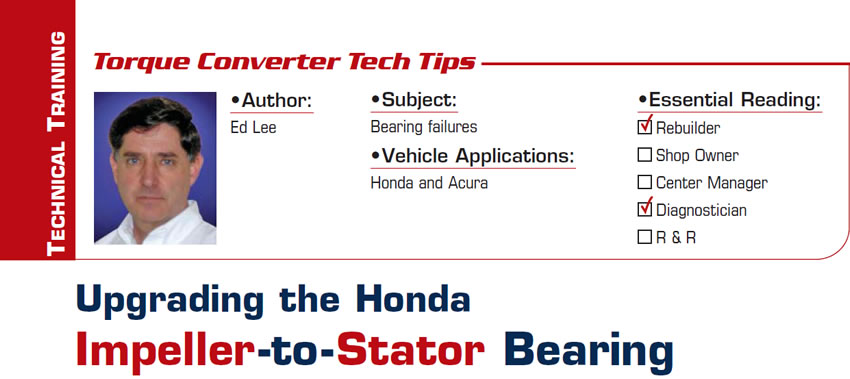
Salvaging the Cover on Overheated Honda Converters
The normal hydraulic forces within the torque converter push the TCC piston toward the cover; the TCC piston reacts like a “normally on” pressure switch. It is normally pushed to the apply position and is released only when the flow of TCC-release/charge oil between the piston and cover floats the piston off the cover.
